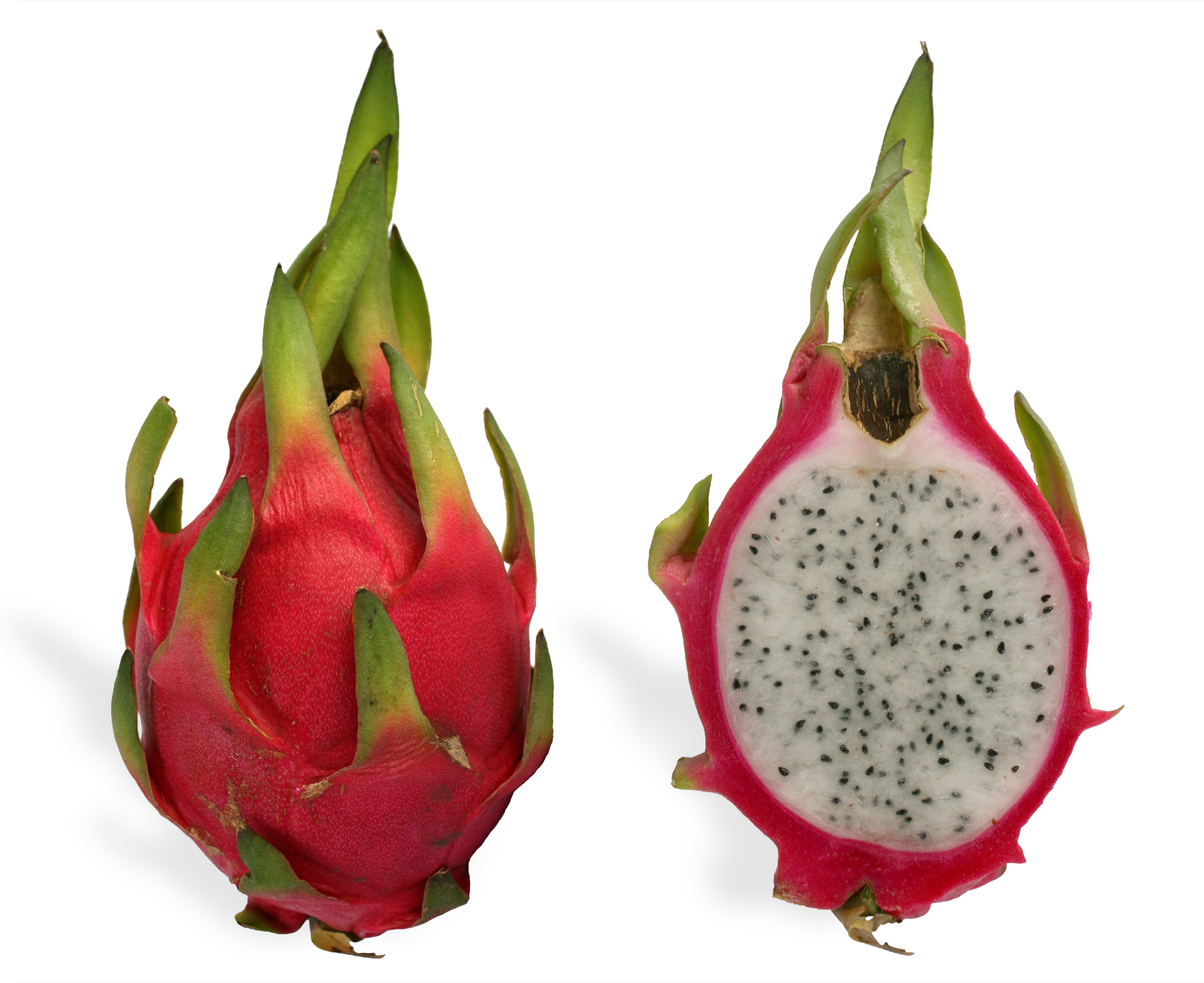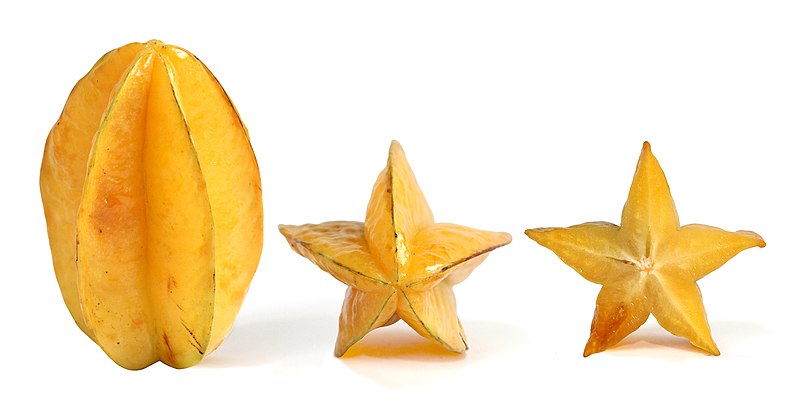A more diligent teacher does not exist. Today, at the beginning of class, he presented me with a grapefruit wrapped up individually in pink paper with a bow, because he remembered that I once mentioned liking the juice. What a kind soul!
Anyway, this post is about fruit. The fruit stands which pepper the street corners of Changchun like bodegas in Spanish Harlem are loaded heavily with fruits that should be familiar to most North Americans, like bananas and apples, but also with a strange looking harvest that never ceases to amaze me. Every week something disappears and something new appears at the dozens of fruit stores that I pass on foot--a happy reminder that this economy is still somewhat dependent on local farmers, not agribusiness enterprises from California and Central America.
On the list of fruits that my teacher, Fan Xin (Kyle), brought me were a few that I had heard of, but could not pick out of a police line up. There were many that I had never heard of at all. Here is a sampling:
- bennet
- bergamot
- betelnut
- bilberry or whortleberry
- bryony (a poisonous fruit used in Chinese medicine, which, like the HMS Bergamot, once upon a time gave its name to a ship of the line in the Royal Navy)
- bullace
- carambola or "starfruit"
- damson
- longan (aka "dragon eyes")
- loquat (not cumquat, which was also on the list), also known as Japanese medlar
- Newton pippin
- pitaya (not to be confused with papaya or pawpaw) or "fire dragon fruit
- quarenden, a dark red apple
- rambutan
- sapodilla plum
- sorosis (which I thought was a skin disease!, but is actually a category of fruit that includes pineapple and mulberry)
- tangor, which is a portmanteau of tangerine and orange
- white shaddock
Initially, I had planned to tell you about each of these, but then I would be writing an encyclopedia. It is worth mentioning that some of these are not common in the stores that I pass and that many of them are exotic, from Europe, Southeast Asia, and South America.
Here are some images of the particularly spectacular:
 | |
| "Fire Dragon Fruit" or 火龙果 (huo long guo) |
 |
| Carambola or starfruit is really from Southeast Asia, but you can find it here |
 |
| "Rambutan" is a non-climacteric fruit, which means it must ripen on the tree |

No comments:
Post a Comment
You are encouraged to leave your two cents.